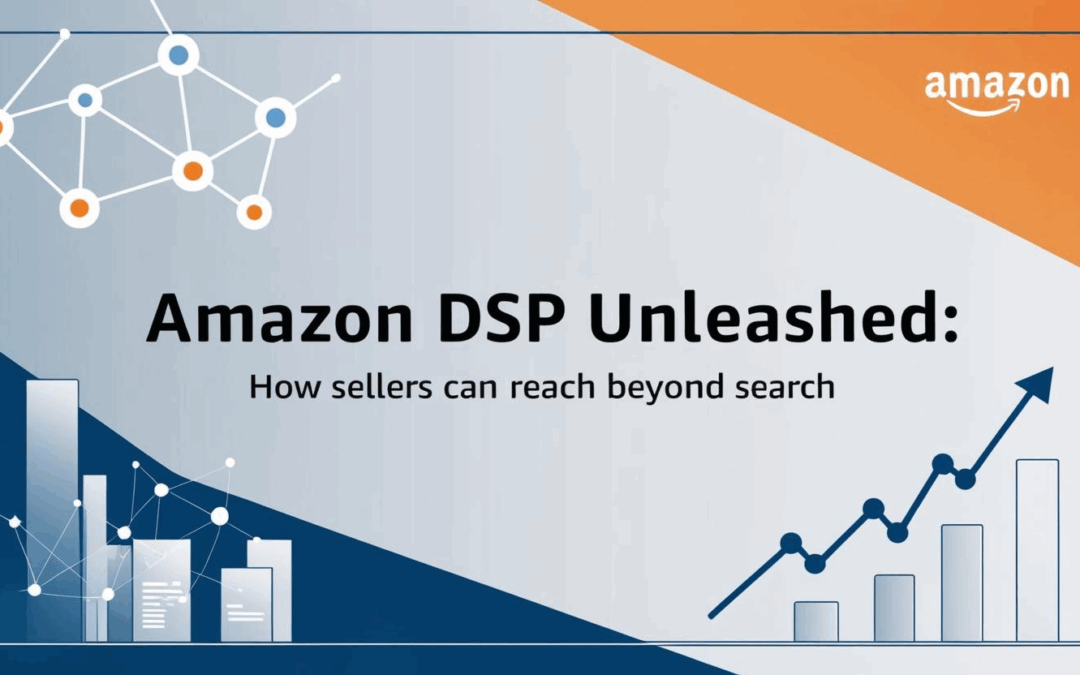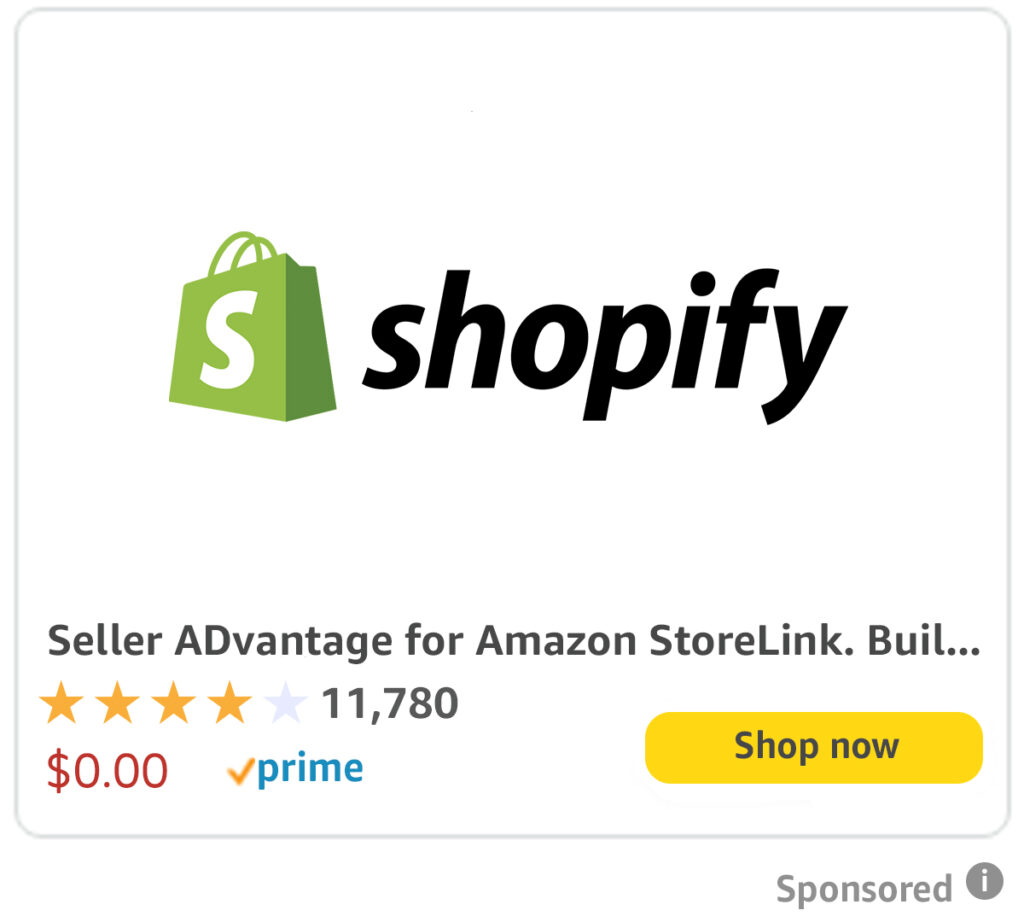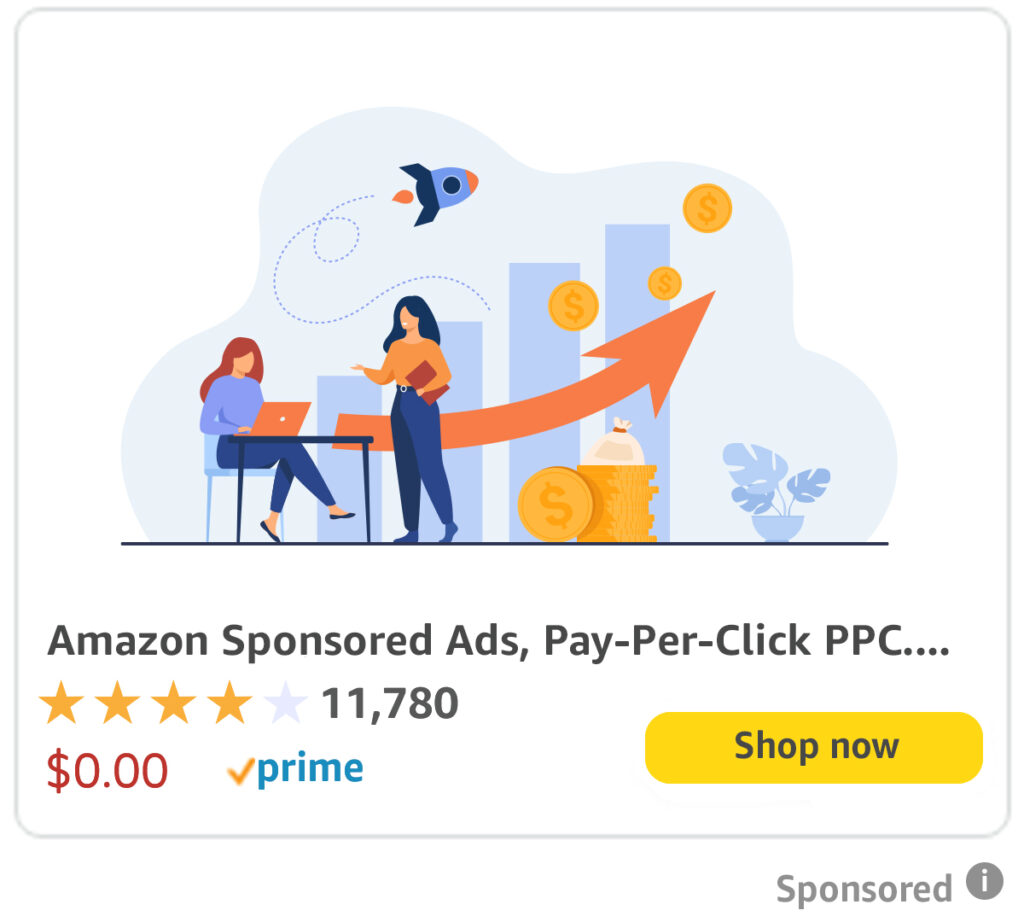Read More
Step-by-Step on SellerADvantage.co.uk
Read on LinkedIn
Read on Medium
Watch on YouTube
Amazon DSP Unleashed: How Sellers Can Reach Beyond Search
Amazon sellers who have built their advertising strategies around Sponsored Products and Sponsored Brands already know the power of pay-per-click for harvesting bottom-funnel demand. Yet those same sellers often hit a growth ceiling the moment they saturate in-market keyword inventory. Amazon’s Demand-Side Platform (DSP) offers an elegant escape hatch. Instead of bidding only on search queries, DSP lets you reach shoppers wherever they roam—across Amazon’s own sites and apps, Fire TV, Twitch, IMDb, Freevee, third-party websites, mobile apps, and even streaming channels on connected TVs. The result is a programmatic universe fueled by Amazon’s first-party shopping data, allowing you to drive awareness, consideration, and re-engagement long before or after someone types a specific keyword. In other words, DSP unlocks prospecting and retargeting stages that traditional PPC cannot touch, giving sellers a holistic funnel instead of a siloed one.
The sophistication of Amazon DSP lies in its audiences. Advertisers can segment by lifestyle, in-market behavior, brand affinity, and even episodic signals such as “purchased in the past 30 days but not in the past 180.” These audiences are refreshed in real time through Amazon’s retail signals, meaning your campaigns continuously adapt to where shoppers are on their purchase journey. Layer on creative formats like dynamic e-commerce ads that pull real-time product images, Over-the-Top (OTT) video for living-room screens, and mobile interstitials, and you suddenly have a toolset capable of branding like Procter & Gamble and closing like a seasoned performance marketer. The narrative that “DSP is only for big brands” is outdated; self-service consoles, partner-managed minimums as low as £10 000, and streamlined billing make it accessible—even appealing—to lean private-label operations that want to punch above their weight.
Still, success with Amazon DSP is far from automatic. Unlike keyword campaigns where conversion data is often instant and obvious, DSP performance materialises through view-through conversions, assist metrics, and halo sales across catalogue variants. Measurement requires patience, granular audience experimentation, and a willingness to integrate Sponsored Ads data rather than silo it. In the sections ahead we distil Amazon DSP into three strategic action points—each one designed specifically for Amazon sellers accustomed to manual bid adjustments and ACOS dashboards. Adopt these playbooks, and you’ll not only reach beyond search; you’ll stitch together a full-funnel engine that compounds brand awareness, customer loyalty, and incremental sales month after month.
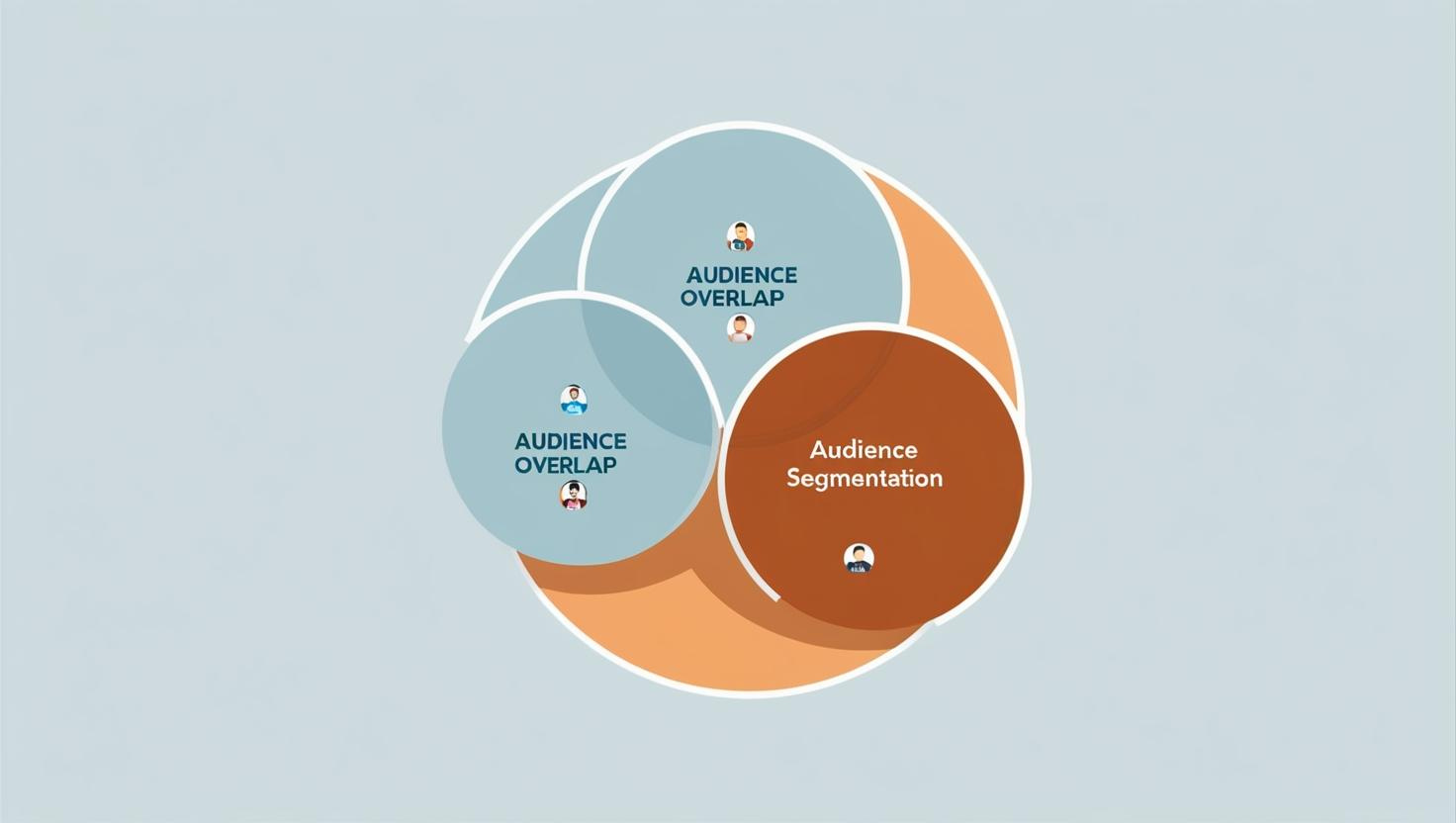
1. Master Audience Segmentation & Overlap Analysis
Traditional keyword advertising treats every shopper as a momentary intent impression, but DSP lets you carve audiences by recency, frequency, and propensity. Start by building three core buckets: prospecting (new-to-brand shoppers who viewed products like yours but never purchased), mid-funnel consideration (shoppers who clicked or added to basket but did not check out), and loyalty/upsell (previous customers ready for repeat orders or complementary ASINs). Within each bucket, layer Amazon’s in-market segments (e.g., “pet owners,” “gourmet cooking enthusiasts”) to sharpen relevance.
Next, run an audience overlap analysis inside DSP reporting. This feature compares two saved audiences and reveals the percentage of shared users. High overlap between prospecting and loyalty segments indicates your criteria are too broad—leading to wasted impressions. Conversely, low overlap paired with high conversion rates signals healthy funnel progression. Use these diagnostics to trim or expand audiences, much like negative keyword sculpting in PPC.
Finally, apply recency multipliers to bids. For example, shoppers who viewed your ASIN in the past seven days are warmer than those from 30 days ago; assign a 1.5× bid for the hot window, and a 0.75× bid for the cold. Over time, this micro-segmentation reduces wasted CPMs while concentrating spend on shoppers most likely to convert. Expect a learning period of two to four weeks; thereafter, cost-per-detail-page-view (CPDPV) and cost-per-add-to-cart (CPATC) should decline by double-digit percentages relative to broad, unsegmented campaigns.
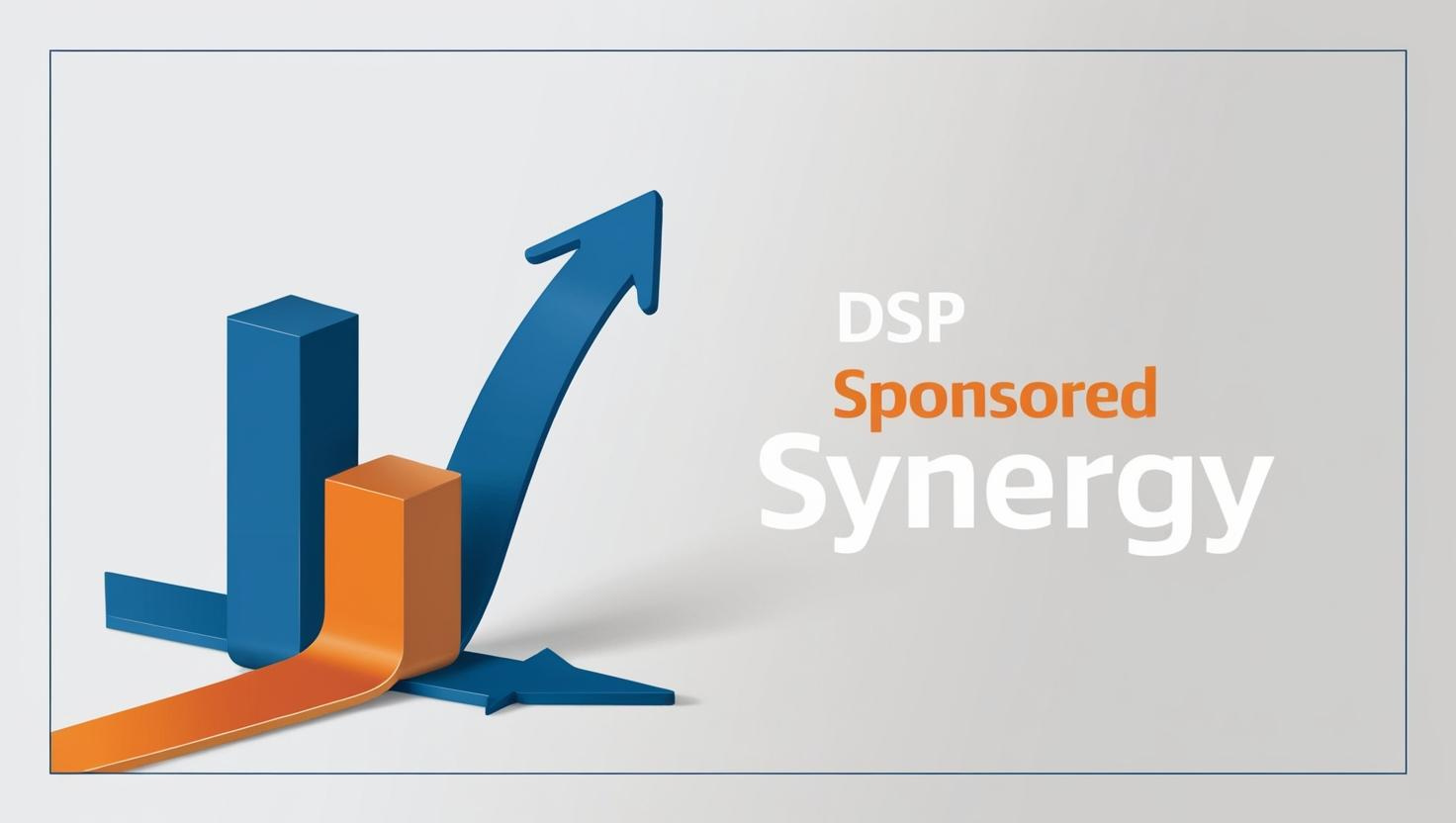
2. Integrate DSP with Sponsored Ads for Full-Funnel Synergy
Sellers often treat DSP as a separate budget line, yet the real power surfaces when you orchestrate DSP impressions to feed Sponsored Ads performance. Begin by mapping your typical conversion journey: a video or display impression sparks curiosity, the shopper later searches on Amazon, clicks your Sponsored Product, and finally buys. By tagging DSP campaigns with Amazon Attribution or reading them via Amazon Marketing Cloud (AMC) queries, you can quantify how many purchases were assist-attributed to DSP impressions.
Practically, this means setting sequential exclusions. For instance, if a shopper has already clicked one of your Sponsored Products in the past 24 hours, remove them from high-frequency DSP prospecting to avoid cannibalising budget. Conversely, raise CPM bids on mid-funnel audiences that clicked a Sponsored Ad but did not purchase; DSP display ads with dynamic product imagery can nudge them back to checkout for a fraction of what a top-of-search click would cost.
A concrete workflow: allocate 20 % of your ad budget to prospecting DSP, 30 % to retargeting DSP, and 50 % to Sponsored Ads. Each month, pull AMC’s path_to_conversion query to see which DSP line-items appear most frequently before a purchase. Re-invest in those, retire the rest. Over a 90-day horizon, advertisers regularly witness a 10-15 % drop in blended TACOS (total advertising cost of sale) while Sponsored Ads conversion rates inch upward because search clicks arrive pre-educated by earlier DSP impressions.
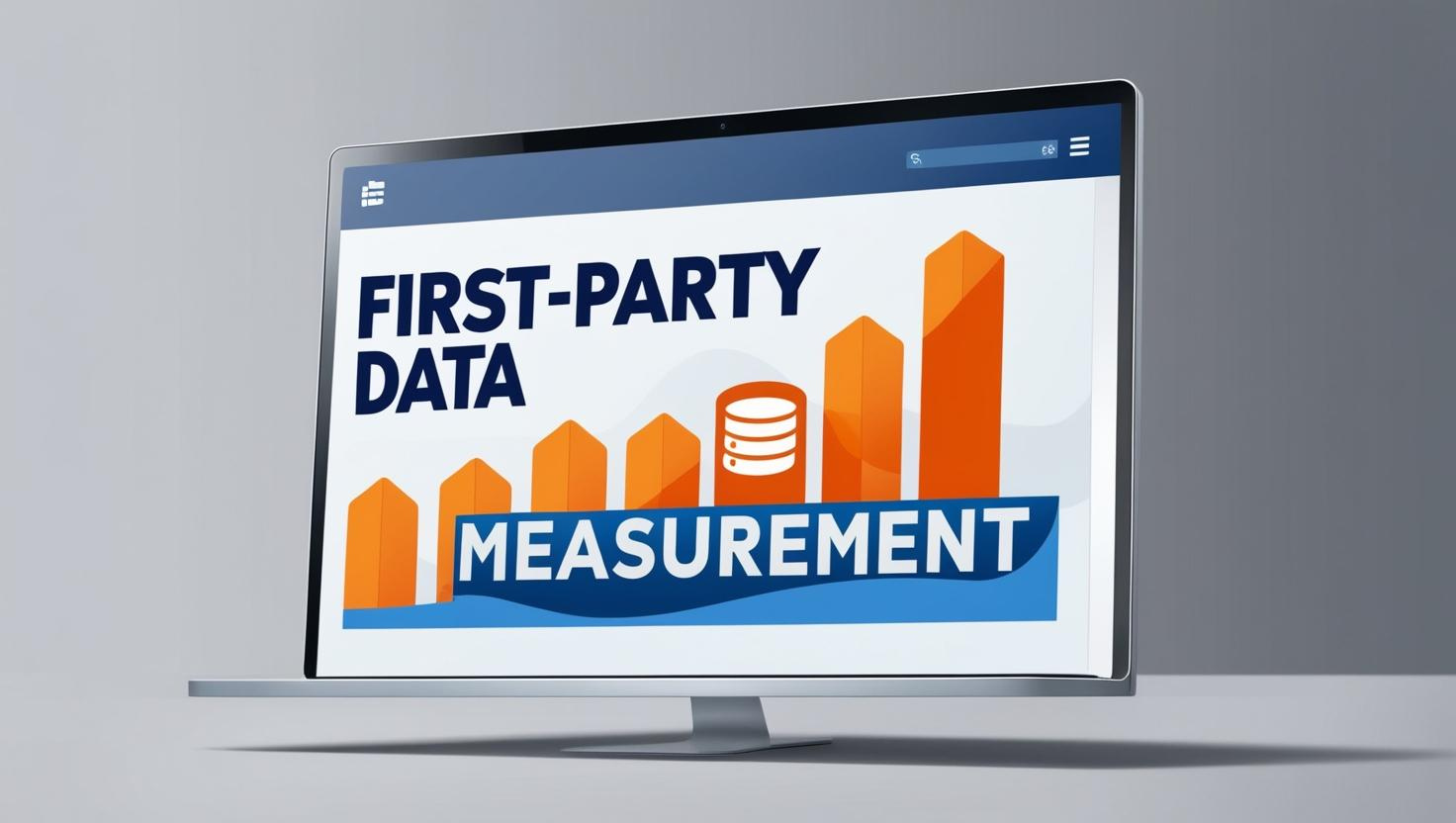
3. Leverage First-Party Data & Amazon Marketing Cloud for Closed-Loop Measurement
Programmatic channels live or die by attribution credibility. Amazon solves much of this with on-platform conversion tracking, but sellers can strengthen insights by piping their own first-party data—think CRM emails, DTC site visitors, or loyalty-program IDs—into the DSP’s Amazon Audiences pilot (formerly “Amazon Marketing Cloud audiences”). Upload hashed identifiers, match them against Amazon’s identity graph, and you gain permissioned reach to lapsed customers wherever they browse.
To measure impact, AMC offers privacy-safe SQL workspaces where you can stitch DSP impression logs, Sponsored Ads clicks, and retail events at the order-line level. For example, query the incremental lift in subscribe-and-save enrolments among shoppers exposed to at least two DSP video ads versus a control group with zero impressions. The output: a statistically significant delta you can defend in board meetings when explaining why CPMs rose 12 % but brand-wide repeat rates jumped 25 %.
Beyond lift studies, AMC lets you spot creative wear-out and frequency caps. Sellers often assume “more impressions equal more sales,” yet AMC’s impression_frequency tables frequently reveal a sweet spot at five to seven impressions per user. Set a global cap at that threshold inside DSP to protect margin. Pair these insights with detail-page view rate (DPVR) and brand halo sales metrics, and you have a closed-loop framework—something Google Display Network or Facebook cannot fully replicate because they lack end-to-end retail data. For sophisticated sellers, this is the point where DSP graduates from a line-item expense to a perpetual growth lever.
Amazon DSP represents the natural evolution of advertising for marketplace sellers who refuse to settle for last-click attribution or a single-channel mindset. Where PPC hones in on declared intent, DSP cultivates latent desire. By targeting high-value audiences before they ever reach the search bar—and then re-engaging them if they drift away—you unlock incremental demand that pure Sponsored Products campaigns simply cannot touch.
Yet technology alone is not a strategy. Mastering DSP requires the same rigor you apply to keyword optimisation: weekly reporting cadences, bid discipline, creative testing, and hypothesis-driven experimentation. Leverage audience segmentation to minimise overlap and focus spend on the ripest prospects. Marry Sponsored Ads with DSP in a virtuous cycle that educates, nudges, and converts shoppers across every screen they use. Then close the loop with first-party data and Amazon Marketing Cloud so you can prove beyond a doubt that a pound spent at the top of the funnel creates two pounds of profit at the bottom.
The journey will test your patience—performance metrics may feel opaque compared with ACOS dashboards—but the payoff is transformative. Sellers who commit to DSP typically see stronger rank stability, higher new-to-brand sales, and a brand presence that spills over into brick-and-mortar or direct-to-consumer channels. As retail media becomes the primary battlefield for consumer attention, those equipped with both search and programmatic arsenals will outmanoeuvre competitors confined to keyword skirmishes alone.
In short, Amazon DSP is no longer optional; it is the bridge between harvesting existing demand and manufacturing new demand. Treat it with the strategic respect it deserves, align it with your Sponsored Ads engine, and you will reach beyond search—capturing hearts, minds, and market share long before anyone else realises where the next wave of growth is coming from.
Any follow helps us out a lot – Thank-You!
If you like this article and want to explore further insights, discuss collaborative opportunities, or simply connect, please feel free to reach out to me on any of the following :
Work With Us
Hire Us on fiverr
Hire Us on upwork
🔴Book a FREE PPC Audit🔴


